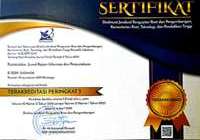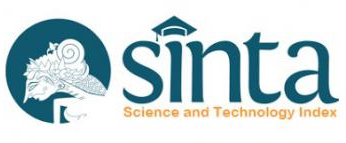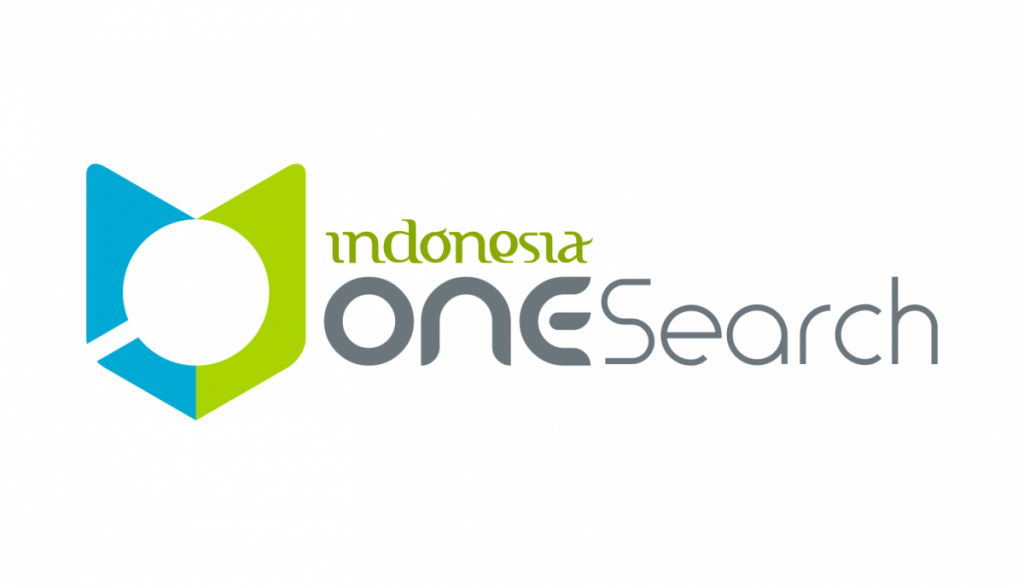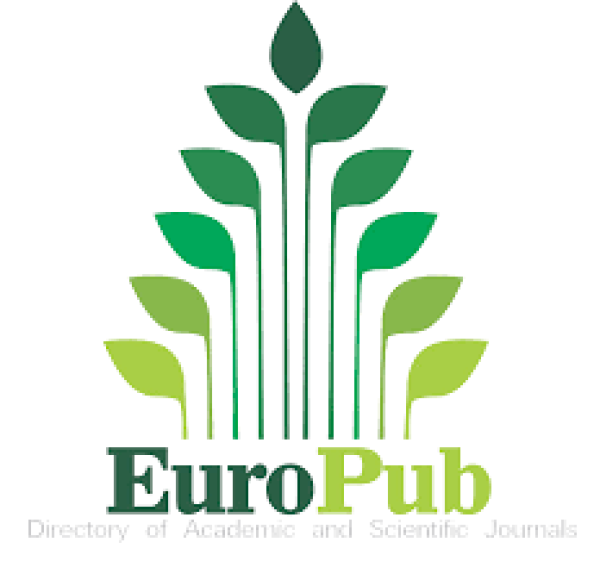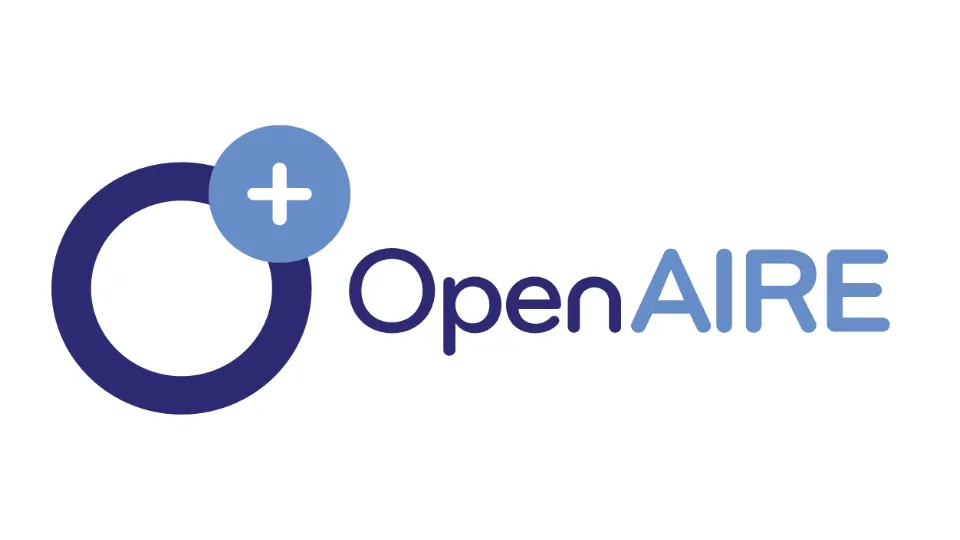KECENDERUNGAN MAHASISWA UIN SAIZU DALAM MENGGUNAKAN SUMBER INFORMASI
DOI:
https://doi.org/10.21154/pustakaloka.v17i1.11761Abstract
The primary responsibility of librarians is to manage information resources in the library to meet users' needs. Most students at UIN Saizu belong to the millennial and Generation Z groups, who are highly dependent on information technology. This study aims to examine the tendencies of UIN Saizu students in utilizing information sources. A mixed-methods approach was employed, combining qualitative data collected through interviews with selected informants and quantitative data from 482 respondents. The results show that UIN Saizu students predominantly rely on online journals (51.7%) as their main reference source, followed by textbooks (23.2%), e-books (17%), institutional repositories (5.6%), and lecturers' scholarly works (2.5%). The majority of students who access online journals use Google Scholar as their primary research tool. The findings of this study reflect students information-seeking preferences for easily accessible digital sources. This study contributes to a better understanding of student preferences in selecting academic information sources and may serve as a reference for the development of library services and information literacy programs.
Downloads
Published
Issue
Section
License

This work is licensed under a Creative Commons Attribution-NonCommercial-ShareAlike 4.0 International License.
Requirements to be met by the author as follows:
- Author storing copyright and grant the journal right of first publication manuscripts simultaneously with licensed under the Creative Commons Attribution License that allows others to share the work with a statement of the work's authorship and initial publication in this journal.
Authors can enter into the preparation of additional contractual separately for non-exclusive distribution of a rich version of the journal issue (eg: post it to an institutional repository or publish it in a book), with the recognition of initial publication in this journal.
Authors are allowed and encouraged to post their work online (eg, in institutional repositories or on their website) prior to and during the submission process, because it can lead to productive exchanges, as well as citations earlier and more severe than published works. (see The Effect of Open Access).


